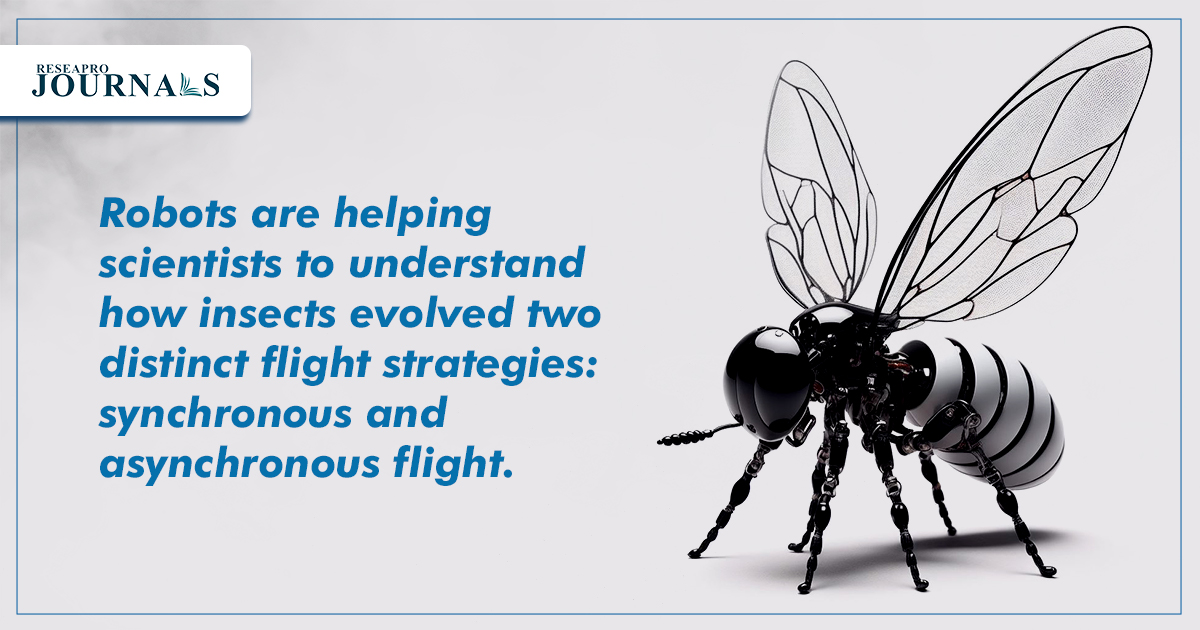|
Getting your Trinity Audio player ready...
|
In synchronous flight, the insect’s brain directly controls each wingstroke. In asynchronous flight, the muscles of the insect’s wings automatically activate when they are stretched. Asynchronous flight allows some insects, such as mosquitoes, to flap their wings at incredible speeds. For years, scientists assumed that the four major insect groups evolved asynchronous flight separately. However, a new study published in the journal Nature has found that asynchronous flight actually evolved together in one common ancestor. Some groups of insect species then reverted back to synchronous flight, while others remained asynchronous.To better understand how this evolutionary transition occurred, scientists at the Georgia Institute of Technology and the University of California San Diego built a robotic insect with motors that could emulate combinations of asynchronous and synchronous muscles. They found that the transition between the two flight strategies could occur gradually and smoothly.This research is a great example of how robotics can be used to study complex biological systems. It is also a reminder that evolution is not always a linear process. Sometimes, species can revert back to ancestral traits, or even develop new traits that are similar to those of their distant relatives.




